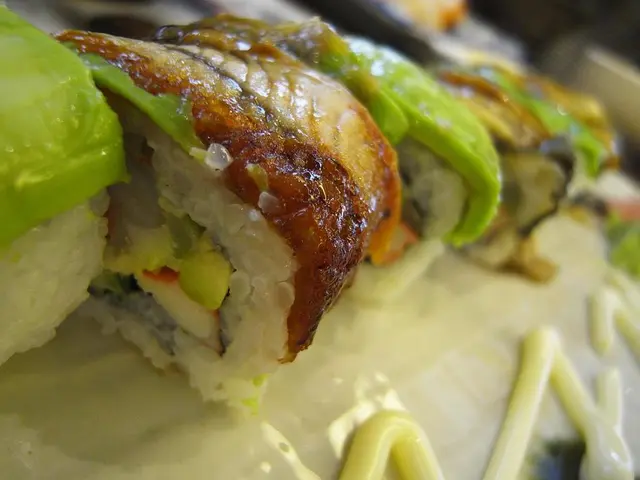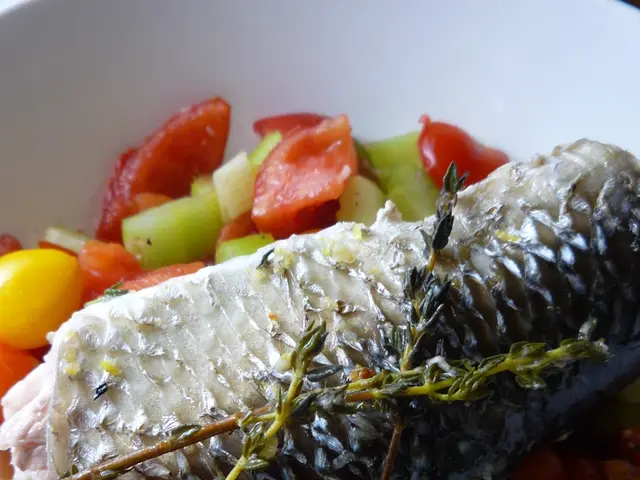Three Healthy Pumpkin-Centric Methods to Savor This Autumn Season
Every autumn, the vibrant hue of orange leaves signals the arrival of pumpkins, a seasonal fruit revered for its taste and nutritional value. While pumpkin spice lattes and pie might be popular choices, there are lesser-known, healthier methods to reap the benefits of this autumnal fruit.
Dietitian Chelsea Whealdon from UW Medical Center - Roosevelt explains that pumpkins are an exceptional source of beta-carotene, an antioxidant our bodies convert into vitamin A. Vitamin A plays a crucial role in immune system support, vision health, and proper cell functioning. Just one cup of pumpkin offers over 100% of the daily recommended intake for this essential nutrient.
In addition to beta-carotene, pumpkins are rich in fiber, antioxidants, vitamin C, potassium, and iron. These nutrients can help protect cells against damage, lower the risk of cancer, support heart health, and improve blood pressure levels. A healthy gut microbiome can also be maintained with the aid of pumpkin's fiber content.
Three easy and delicious strategies to incorporate pumpkins into your diet are roasting, pureeing, and toasting the seeds. A smaller pumpkin is more manageable for preparation, with the soft, fibrous part, or flesh, typically consumed.
Roasting pumpkin is an easy and tasty way to prepare it. Preheat your oven to 400 degrees, scoop out the insides, cut into one-inch slices, lightly coat with olive oil and seasonings, and roast for 18-20 minutes.
Pumpkin puree is a versatile alternative to traditional ingredients, adding nutrients to muffins, bread, soups, and smoothies. To make it, preheat your oven to 400 degrees, scoop out the insides, cut into one-inch slices, cook for 45 minutes to an hour, and process the cooled pumpkin flesh in a food processor until smooth. Store-bought unsweetened pumpkin puree can also be used for baking fall favorites.
Toast the pumpkin seeds for a healthy, crunchy snack high in magnesium, zinc, and protein. Preheat your oven to 350 degrees, separate the seeds from the pumpkin, wash, toss in olive oil and seasonings, bake until light brown and crispy, about 12-15 minutes. For a sweet twist, toss the seeds with honey and cinnamon before roasting.
If you're not a fan of pumpkins, consider swapping them for similar gourds like butternut squash or smaller kabocha squash, offering similar nutritional benefits.
Indulging in a nutritious pumpkin snack can provide more nourishment than a sugary pumpkin-flavored treat, making homemade pumpkin recipes a satisfying choice. Whether you prefer sweet or savory options, your body will love the taste and benefits of pumpkins this fall.
- Dietitian Chelsea Whealdon explains that pumpkins, popular in autumn, are a rich source of beta-carotene, an antioxidant that our bodies convert into vitamin A, vital for immune system support, vision health, and proper cell functioning.
- Pumpkins, in addition to beta-carotene, also contain fiber, antioxidants, vitamin C, potassium, and iron, which can help protect cells against damage, lower the risk of cancer, support heart health, and improve blood pressure levels.
- Three easy and delicious ways to incorporate pumpkins into your diet are roasting, pureeing, and toasting the seeds. Roasting pumpkin, pureeing it, and toasting the seeds are simple methods to prepare and consume this autumnal fruit.
- Toast the pumpkin seeds for a healthy, crunchy snack high in magnesium, zinc, and protein. Alternatively, consider swapping pumpkins for similar gourds like butternut squash or smaller kabocha squash, offering similar nutritional benefits.








